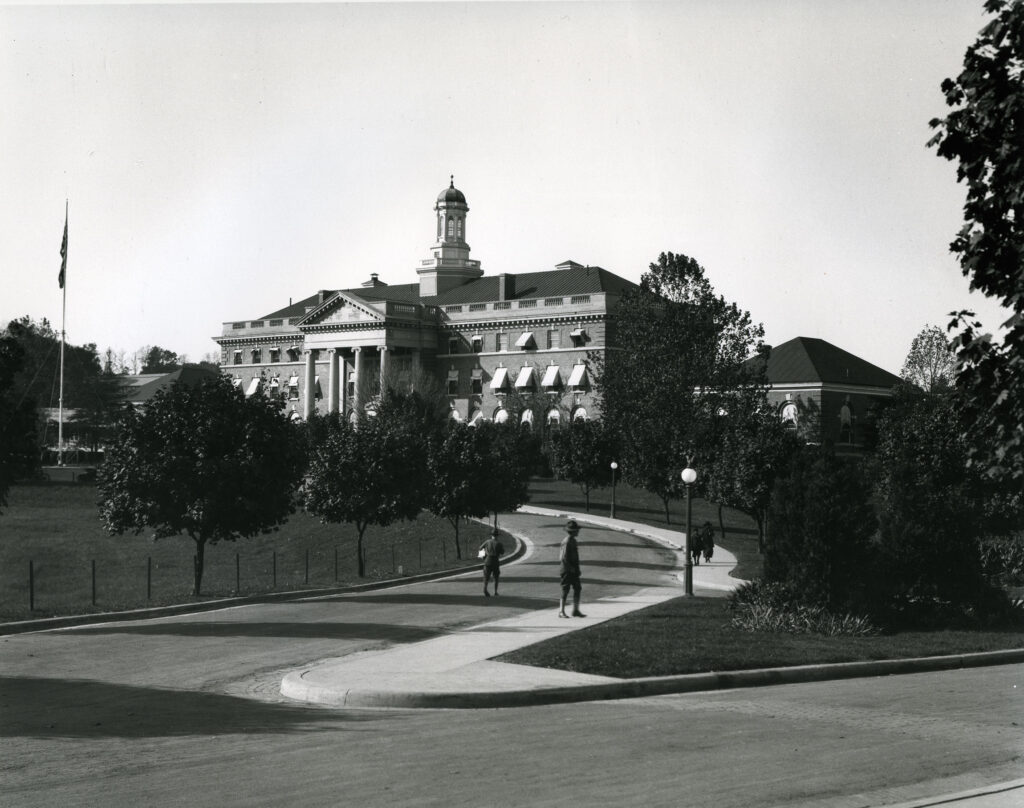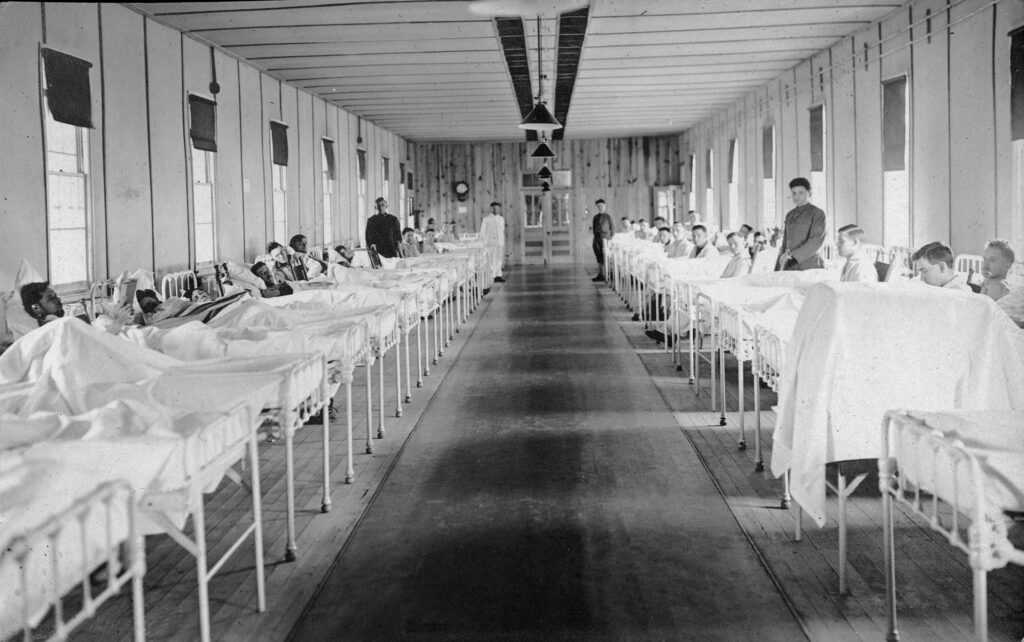
In 2011, the Walter Reed Army Medical Center was shuttered after more than a century of operation in Northwest DC. As plans for redevelopment took shape in the decade that followed, community members advocated for the history of the site and surrounding neighborhoods to be documented and shared. They understood that with new development would come an influx of new residents and major changes to their community. It was important to them that the stories of the people who lived and worked there be preserved.
It was this advocacy that eventually led to the DC History Center being hired to lead the effort to collect stories about the campus and its surrounding neighborhoods. We partnered with Walnut Street Creative and Prologue DC to undertake this meaningful project.

The history of Walter Reed as an army hospital is well documented; our team didn’t need to spend much time researching the timeline of when and how the site was built and expanded over the years, or the historic use of each building. Instead, we focused on the people of Walter Reed – the military and civilian employees, doctors, patients, and lab technicians, many of whom were also residents of the surrounding neighborhoods of Shepherd Park, Takoma, and Brightwood.
We convened two in-person community meetings, held on the grounds at The Parks at Walter Reed, as well as one over Zoom to accommodate people who had moved away, and those who couldn’t gather in person due to the ongoing pandemic. (The irony of working on a project about a medical center while in the midst of a global health crisis was not lost on any of us. Among the photos we found were many from the Spanish Flu pandemic of the early 20th century.) I wasn’t sure what to expect at a meeting like this. Would people consider a hospital a beloved place? One they wanted to remember, and share stories about with others? It turns out, yes.
That is in part because Walter Reed was more than just a hospital. Many of those who came to the meetings worked at Walter Reed, but almost none of them were doctors. They were pathologists, dining facility managers, secretaries, and art therapists, and the common theme running through their stories was pride in the work they did, and the place they did it. That pride extended to the neighbors who named Walter Reed as the landmark closest to their home, and could keep track of international affairs based on the number of helicopters flying overhead.
Those who grew up nearby recalled riding their bikes through the campus—allowed as long as no dignitaries were receiving care that day. Everyone shared stories about Easter sunrise services, the basketball courts, the movie theater—Walter Reed was a little self-contained village that served its community. For those who were patients themselves or visited family members who received care, it was a sacred place that held their memories of some of life’s most joyous and most sorrowful moments. As I listened to their stories it became clear how important it was that we honor this place, and not simplify its history down to a series of dates and numbers.
Following these community meetings, we identified fifteen people to interview in depth to share more of their memories of Walter Reed. We aimed to collect a representative swath of stories from people from all different walks of life, with wide ranging experiences. From these stories we began to form a narrative of the site, one that wove in the key dates and milestones of the medical center together with the personal memories that brought it to life.
Our work on this project culminated in two final products. The first is a website featuring a timeline of the history of Walter Reed, which weaves together the stories that community members shared. The full videos of the oral history interviews also live on YouTube, as well as in the DC History Center’s oral history collection.
We also developed a series of recommendations, a roadmap for future projects to honor and share the stories collected throughout this project. Some ideas include public art inspired by the themes of healing and community, walking tours, events, and signage. Our ultimate goal is to ensure any new visitor to Walter Reed has a chance to know and understand the many stories of this important place.
Maggie Downing served as project manager for the DC History Center’s work to document Walter Reed’s community history.